The Harlem Renaissance (1920s) – A Love Letter to Black Art, Expression, and Freedom
Black History Through the Lens of Liberation
To the dreamers. The poets. The musicians. The painters. The storytellers.
To those who took a world that told them they were nothing and spun it into a symphony of survival, joy, and unrelenting creativity.
To the Harlem Renaissance, the era where Black brilliance refused to be ignored.
This is not a history of oppression—this is a history of alchemy.
A history of how, even in the shadow of systemic racism, Black people have always found a way to create, innovate, and redefine culture on our own terms.
We do not tell this story as a tragedy.
We tell it as an overture.
A Revolution in Rhythm, Word, and Color
The Harlem Renaissance was not just a movement of artists—it was a full-scale cultural revolution.
It was Langston Hughes weaving Black life into poetry, writing verses that felt like home
.
It was Zora Neale Hurston, bold and brilliant, collecting our stories and preserving our folklore
.
It was Duke Ellington, Louis Armstrong, and Bessie Smith, turning brass and blues into a language the world would never forget.
It was Augusta Savage, sculpting our resilience into form, proving that Black hands could create beauty even in a country that tried to erase us
But beyond the art, the Harlem Renaissance was a statement.
A declaration that Black people were not just survivors of history—we were the architects of it.
Harlem was alive.
With music pouring out of clubs, debates raging in salons, paintings filling gallery walls, and newspapers spreading radical ideas that shook the very foundation of white supremacy.
This was the explosion before the revolution, the moment before the Civil Rights Movement, when Black artists laid the foundation for everything that would follow.
Beyond the Pain: Choosing to Tell Our Own Stories
For too long, the history of Black people has been told as a narrative of suffering.
As if we are only what has been done to us.
But the Harlem Renaissance reminds us that our history is not just one of oppression—it is one of creation.
We did not just survive Jim Crow—we built thriving communities in spite of it.
We did not just mourn what was taken—we made something new, something brilliant, something untouchable.
We did not just fight for liberation—we celebrated it in every note, every brushstroke, every poem.
This is why history matters.
Not just to remember the battles we fought, but to recognize the beauty we made in between the battles.
Because Black history is not just resistance—it is joy, innovation, and an unbreakable spirit that refuses to be contained.
Reflection: The Art That Shapes Us
The Harlem Renaissance is not just the past—it is our inheritance.
It is in every Black poet still writing, every musician still creating, every filmmaker, every dancer, every thinker who knows that their work is an act of defiance and an act of love.
It is a reminder that we do not need permission to take up space.
We have always been here.
We have always been creating.
And we always will be.
Reflection Question:
What piece of Black art—past or present—has shaped you?
How do you express your own creativity as an act of liberation?
The Art That Shapes Us: My Personal Reflection
Hanging in the center of my living room is a painting that holds generations of meaning—The Sugar Shack by Ernie Barnes.
You might recognize it from Marvin Gaye’s I Want You album cover, where it captured the heartbeat of a people moving, feeling, living in sync.
You might have seen it as the backdrop of Good Times, a television show that, even in its fictional struggles, celebrated Black joy.
But for me, The Sugar Shack is more than a piece of art—it is a reminder.
It reminds me that I have made it—some way, somehow. It is one of my most cherished gifts.
It holds the sacrifice, the rhythm, the laughter, the movement of our people. The way we find bliss, even when the world tries to steal it from us. It is a visual love song to Black joy, and every time I look at it, I see history, I see resilience, I see us.
And isn’t that what the Harlem Renaissance was all about?
Further Learning: Watch, Read, and Experience
Watch:
Black Art: In the Absence of Light (HBO) – A deep dive into the legacy of Black visual artists.
Jazz: A Film by Ken Burns (PBS) – A journey through the origins and influence of jazz.
Read:
The Weary Blues by Langston Hughes – Poetry that sings with the soul of Harlem.
Their Eyes Were Watching God by Zora Neale Hurston – A novel that captures the beauty and depth of Black womanhood.
Experience:
Visit the Schomburg Center for Research in Black Culture in Harlem, a living archive of our history and artistry.
Explore Black artists in your own community—support, celebrate, and amplify their voices. Here are a few of my personal favorites:
A 28-Day Journey Through Black Resistance and Liberation
The Harlem Renaissance is just one of the many powerful stories in my 28-Day Journey Through Black Resistance and Liberation—a living document of our history, our resilience, and our power.
Join the journey today:
Get the guide here.
Conclusion: We Are the Renaissance
The Harlem Renaissance was never just about art—it was about reclamation. It was about building something new out of a world that tried to erase us. It was about celebrating Black life not as tragedy, but as a masterpiece in motion.
And that is still our story today.
Every time we write, sing, paint, dance, and create, we are continuing the legacy of those who came before us. Every time we center joy in our own narratives, we are refusing to let oppression define us. Every time we build, we prove that we are not just surviving—we are thriving.
This is why the Harlem Renaissance still matters.
It is not just a chapter in a history book—it is a living, breathing force that shapes our world today.
So, let this be your invitation.
To create. To celebrate. To embrace the full beauty of Black existence.
Not just in response to pain, but because joy itself is a radical act.
The Harlem Renaissance was just the beginning.
We are the continuation.
Let this be a reminder:
We are more than our struggles. We are the art we create in their aftermath.
In solidarity and liberation,
Desireé B. Stephens CPS-P
Educator | Counselor | Community Builder
Founder, Make Shi(f)t Happen

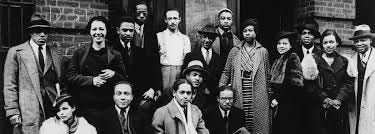


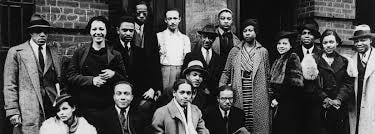
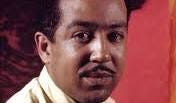
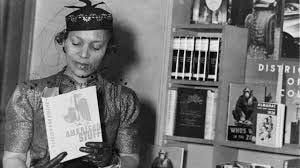
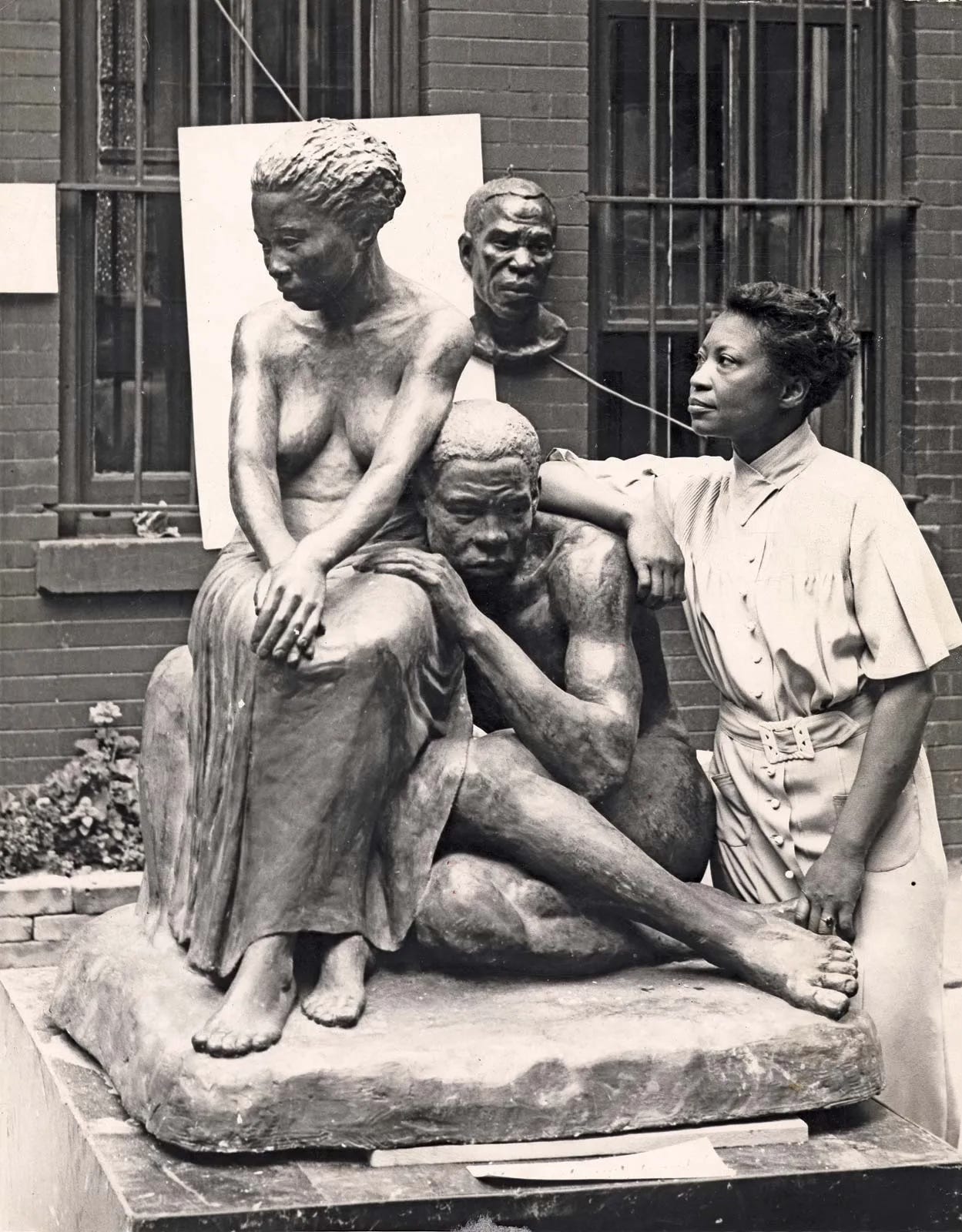
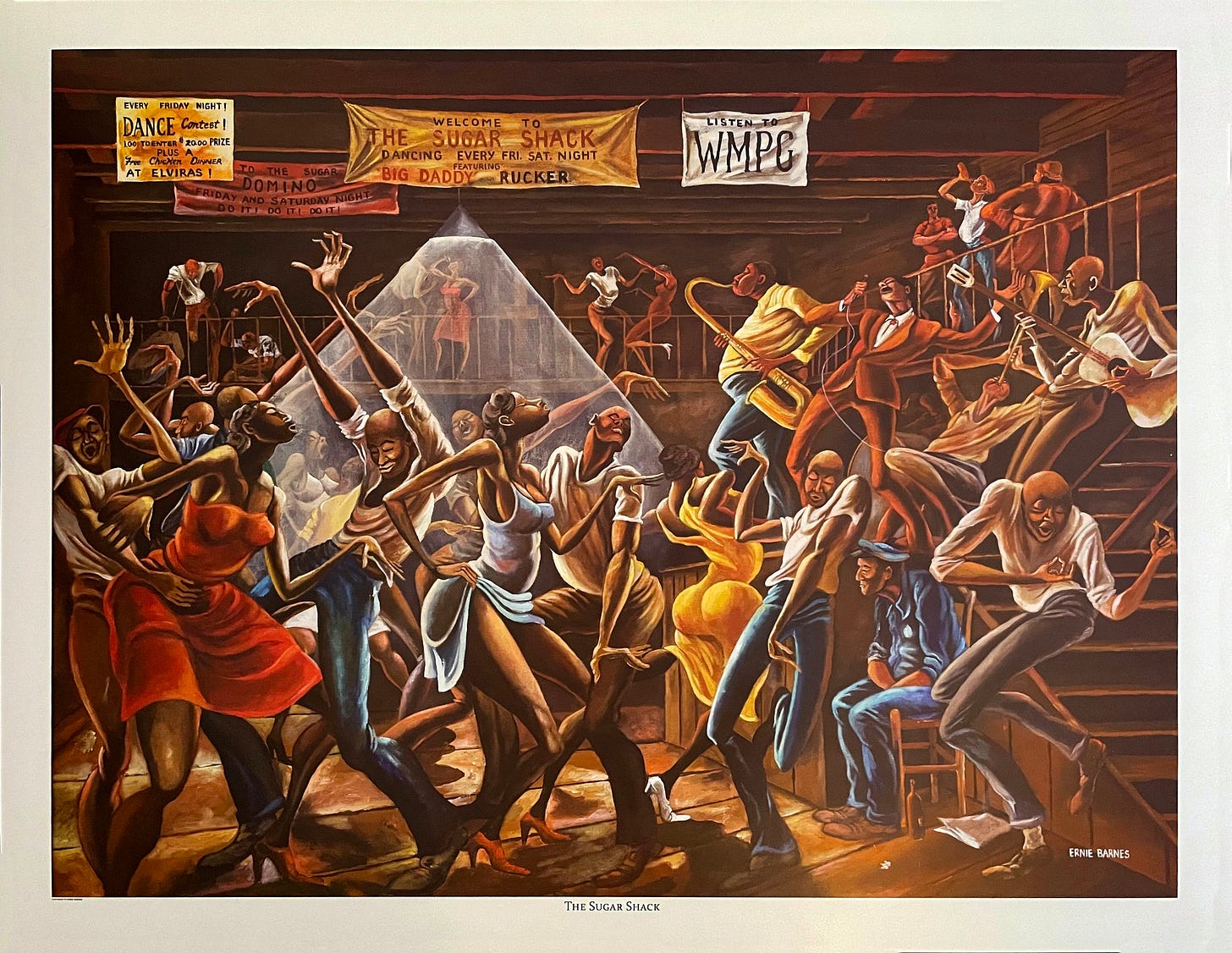
The other reflection question how do I express creativity as an act of liberation , it feels very liberating when in creative processes so I guess by continuing to do them. And knowing if I ever released a song that did become famous and received payment / royalties I’d be financially liberated helps.
To answer the reflection question, definitely the music .. my mom loved Diana Ross and the Supremes and the Temptations, always heard a lot of Motown growing up. Then the new music at the time, I loved Michael Jackson Prince Whitney growing up , and as a songwriter and musician myself (wrote my first song when I was 10) I was extremely in love with Michael Jackson not in a crush way, but I wanted to be like him as a performer. Then in my 20s when I attended church it was mostly Black people, Black pastors, and I fell in love with gospel music.